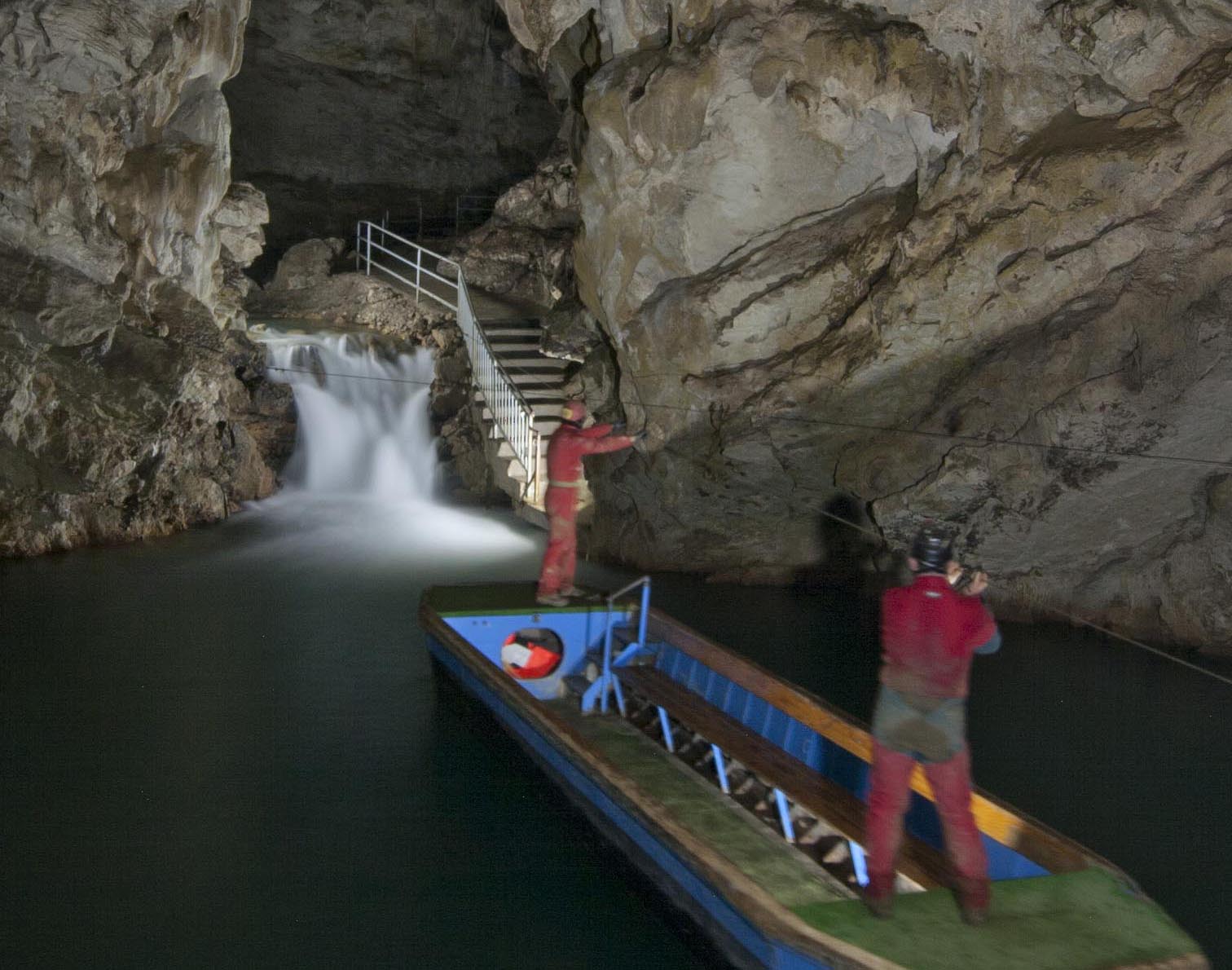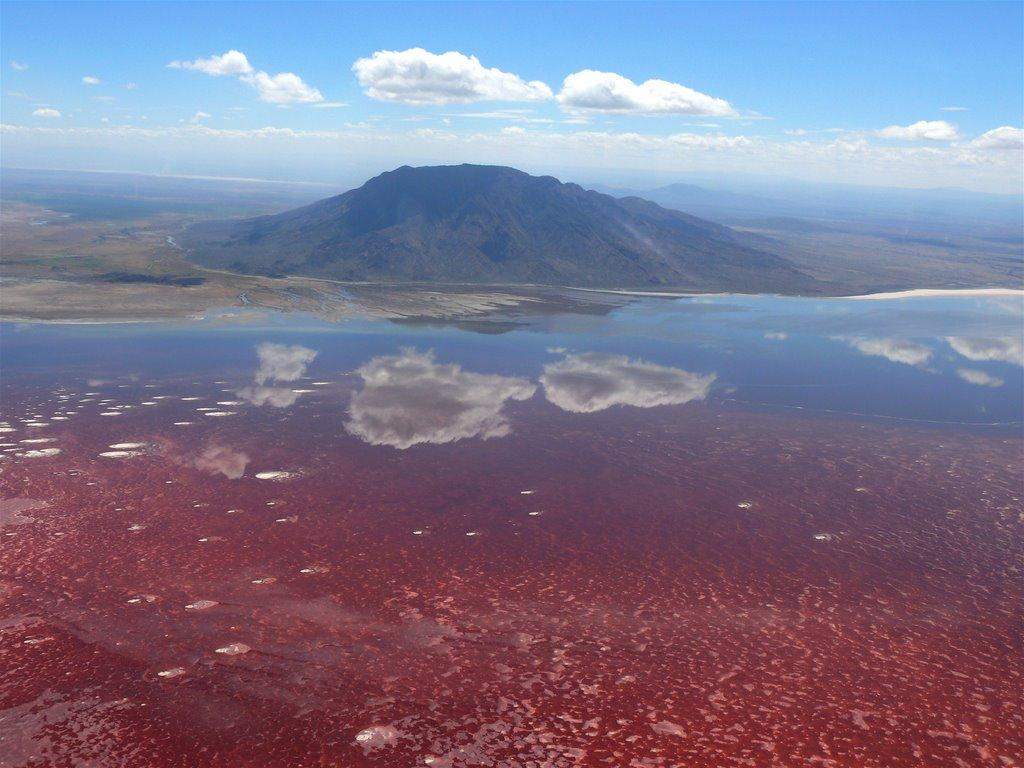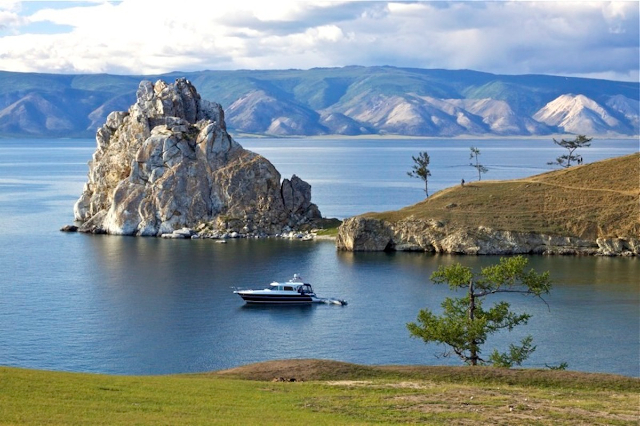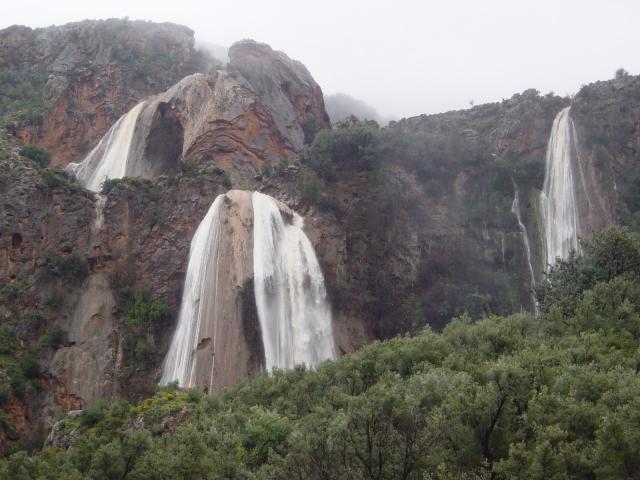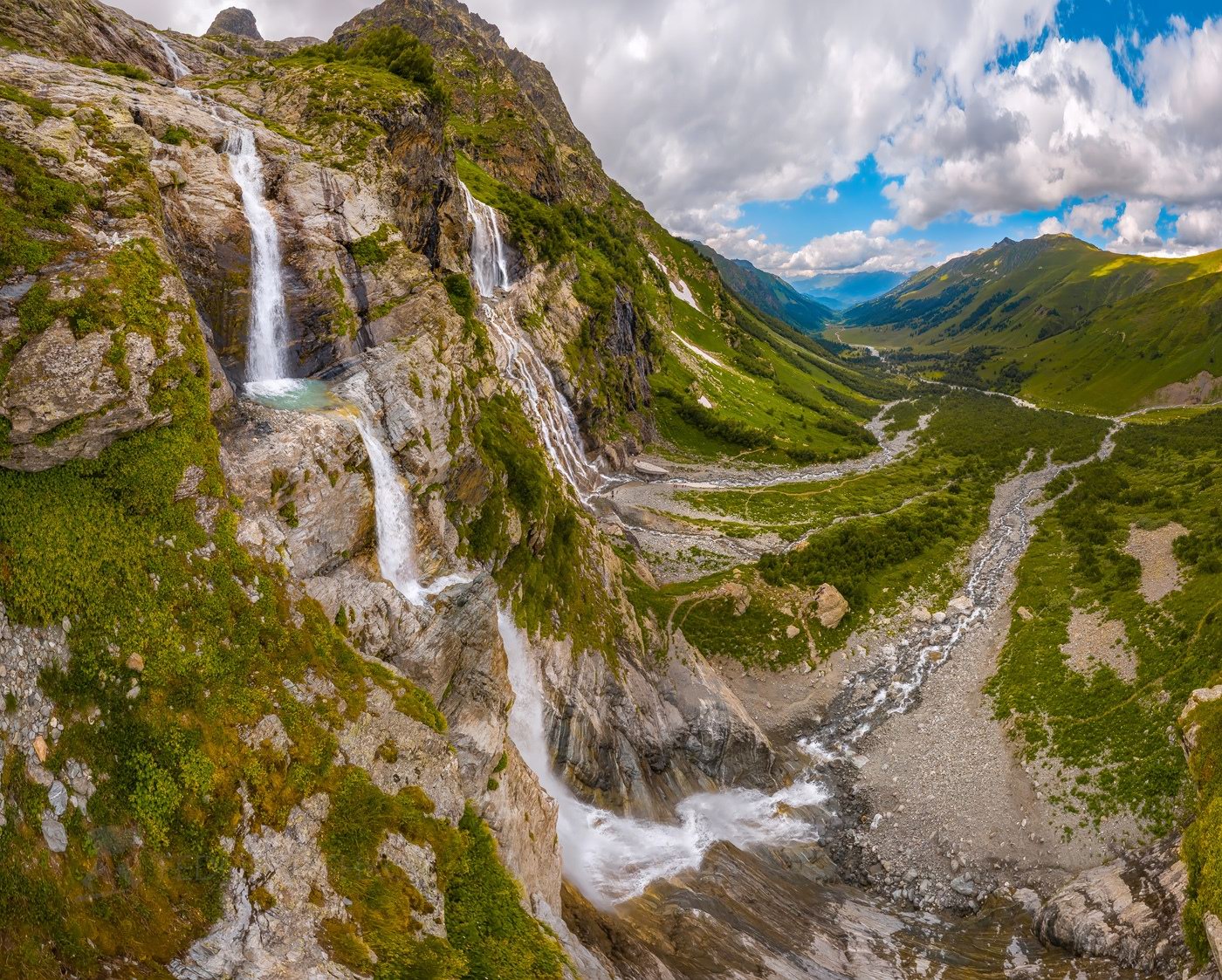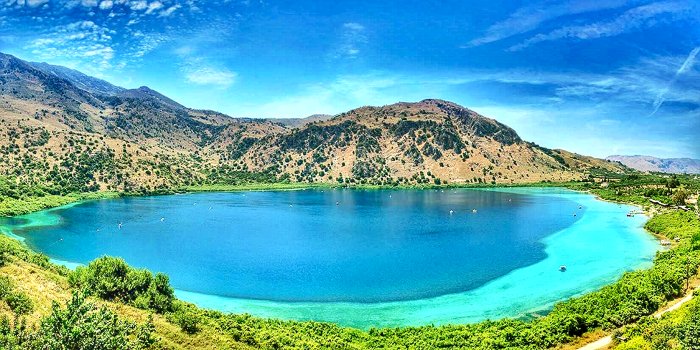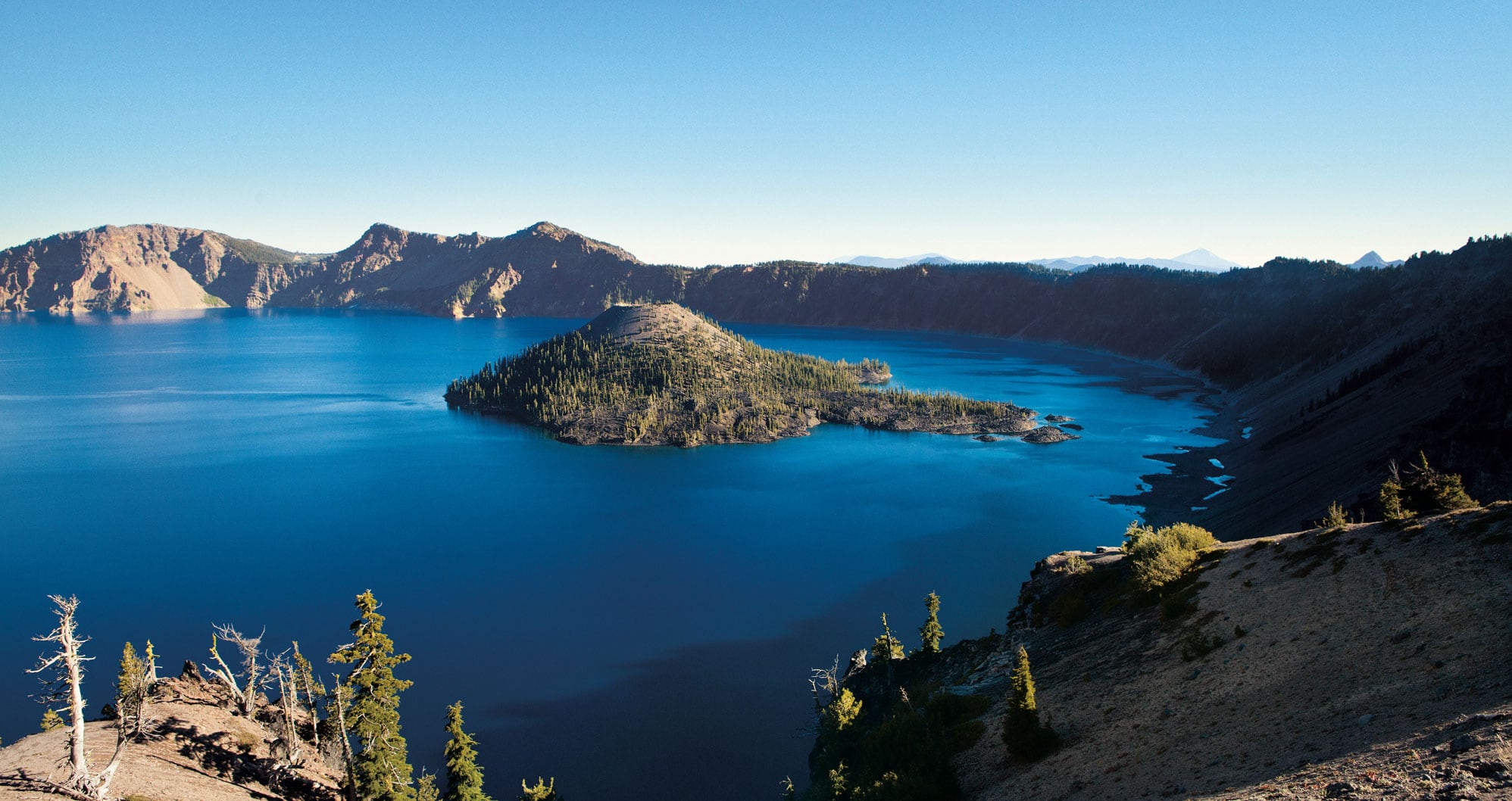he earliest description of a cave in Campania, dating as far back as 1551, by one Leandro Aliberti, a Dominican friar from Bologna, speaks of the Grotte dell’Angelo In Pertosa in the province of Salerno still visible almost intact today.
But the origin of the Caves is traced back some 35 million years, which were used by Bronze Age men, and perhaps even Stone Age men, as shelters from outside dangers. The wooden remains of their ancient pile dwellings, thanks to the special climate and humidity rate inside the Caves, have in fact survived almost intact to the present day, and are the only finds, in the history of speleology in Campania, of which there is evidence, built within a site such as the Auletta/Pertosa Caves.
Later used by the Greeks and Romans as a place for their rituals and sacred ceremonies, in the medieval age the caves, also known as the Caves of the Angel , at first gave shelter to Christians who prayed in the caves away from danger, and then were later experienced by monks as a place of worship.
The Caves of the Angel, wedged about 2,500 meters below the Cilento Alburni Mountains, create a unique speleological scenario: tunnels, immense caverns, natural "halls," and breathtaking scenery characterized by the impressive conformations of stalactites and stalagmites.
But the uniqueness of the Caves of the Angel is not only in the particularity of the karst forms, but above all lies in the fact that to visit them it is necessary to cross a small lake originated by an underground river.
An evocative boat crossing, about two hundred meters long, takes tourists directly into the bowels of the Cilento mountains.
Once then inside the Caves, one has the sensation of being in an enchanted environment, in which only the slow work of nature has forged the rock, giving life to limestone constructions of the most varied shapes and striking plays of color.
Then there are several routes suggested by cavers: starting from the "short" route, lasting about 40 minutes, to the one with a length of about two and a half kilometers, and involving the exit on foot after an evocative visit to the balcony on the underground river.
There is, of course, no shortage of routes reserved exclusively for experts and scholars of speleology, for whom a special parallel route is dedicated.
